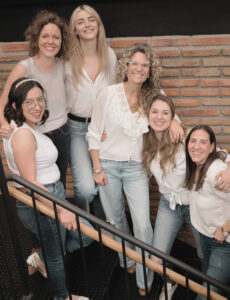There are various traditional dances in Mexico and those who visit historical and cultural places in Mexico City, for example, cannot avoid the lively, colourful and elaborately dressed dancers. They are often referred to as “Aztec dancers” or “Concheros” or also as “Huehuenches” or “Chichimecas”.
In colourful costumes with splendid feather-adorned headdresses, they dance in groups of 8 to 10 people around an altar built on the floor.
The rhythm and the combination of the dance steps as well as the images of saints present on the altar reveal that the danza de los concheros, named after the musical instrument concha, combines indigenous traditions with Spanish-Christian elements. The first mention of this comes from the period immediately after the conquest of Mexico in the 16th century. Accordingly, indigenous people were allowed to perform the dance in monasteries or in front of churches to pay homage to Christian saints. The origin of the dance is controversial in itself. It could also date back to pre-Hispanic Aztec civilizations and ritualistic dances.
Until the 19th century, the dances were performed mostly in the rural areas of central Mexico. From the middle of the 20th century, work-related emigration led to the spread in urban centers. Mexico City in particular developed into a center because dance was taken up here as an expression of an ethnic and cultural identity.
Clothing & Dance
The concheros are easy to see and hear from a distance. They are equipped with feathered headpieces, sparse pieces of fabric and body paint. The colour of the paint is an expression of which god they worship. The ankle cuffs, which consist of shells, make up a large part of the musical rhythm of the dance.
The dance itself is exciting and quite entertaining. It is full of life and full of religious significance. The main goal of the dance is to honour the gods and establish a connection to the cosmos.





